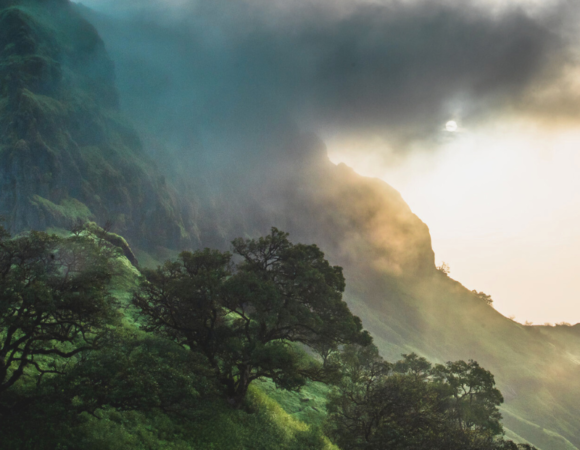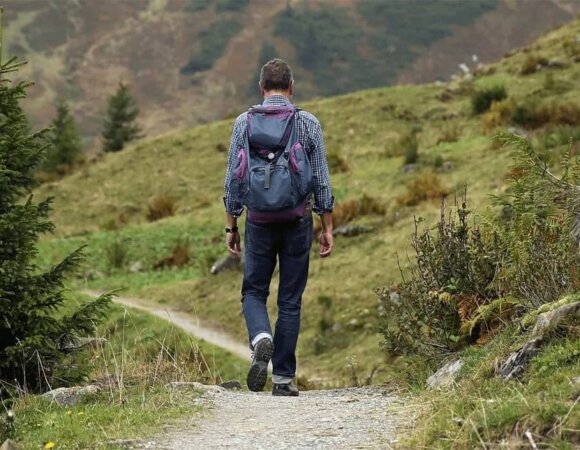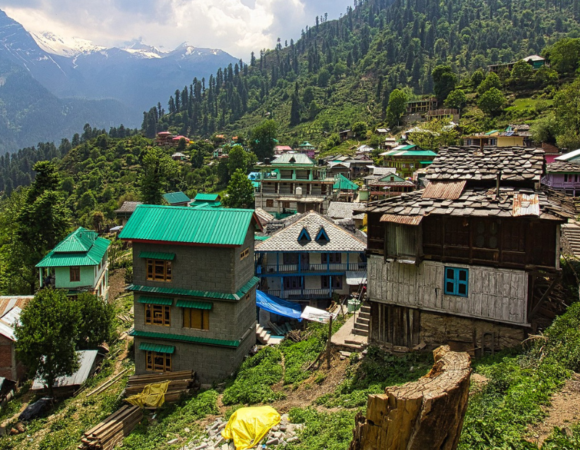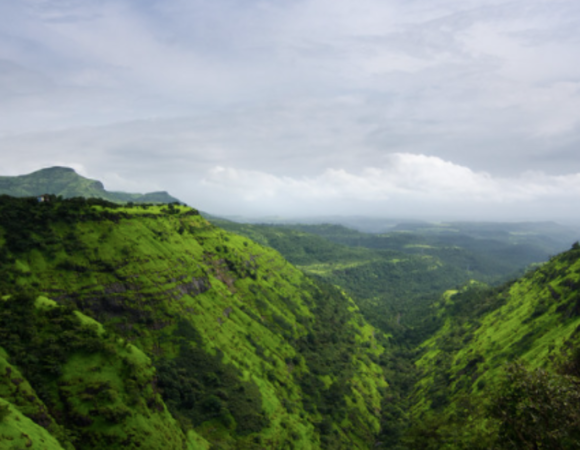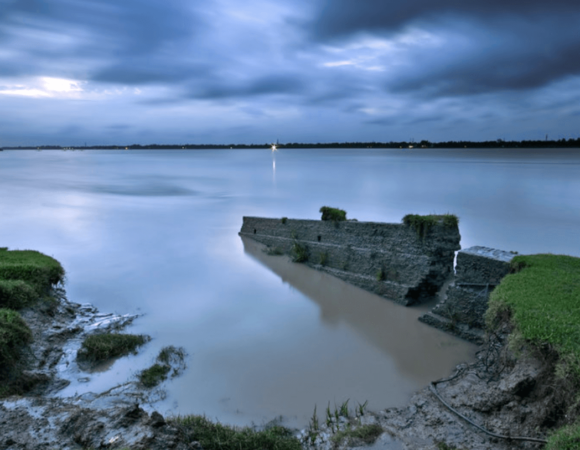Best Yoga Flows to Loosen Tight Muscles After Hiking for Faster Recovery
Yoga flows to loosen tight muscles after hiking are essential for preventing stiffness and soreness. Whether you’ve tackled steep inclines or long trails, your muscles can become tight, especially in the legs, hips, and lower back. Incorporating yoga after your hike helps improve flexibility, boost circulation, and promote quicker recovery.
Table of Contents
ToggleBeyond just muscle relief, post-hike yoga enhances overall mobility and mental relaxation. These flows not only help stretch and strengthen key muscle groups but also aid in reducing stress and fatigue. Let’s explore the best yoga sequences to loosen tight muscles and recover effectively after a hiking adventure.
Why Yoga is Essential After Hiking
After a challenging and physically demanding hike, your body goes through a lot of strain. It’s crucial to give your muscles the recovery they need to prevent discomfort or injury. Yoga can play a vital role in helping you recover by addressing several key areas:
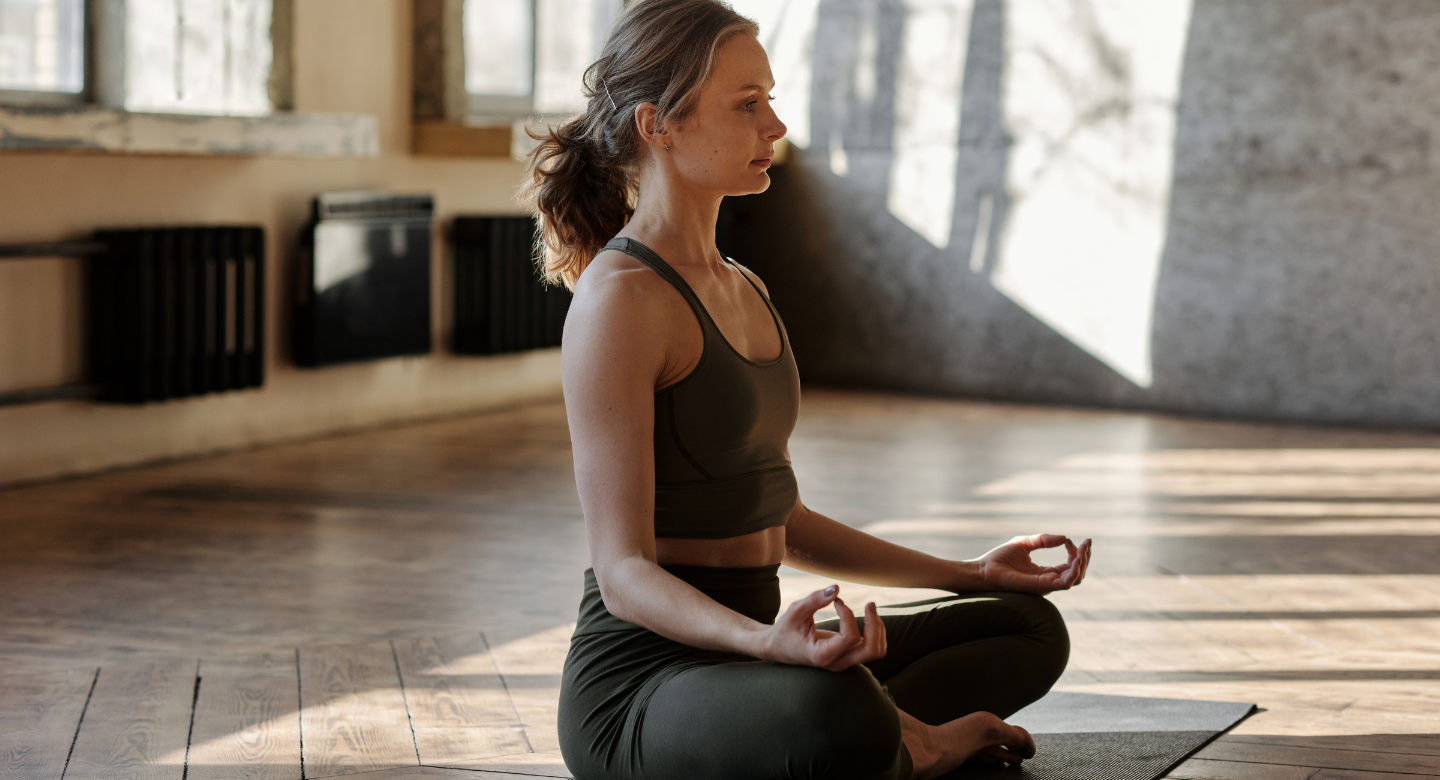
- Enhancing muscle recovery and reducing post-hike soreness:
Hiking often puts your muscles, especially in the legs and lower body, through a lot of tension and strain. Practicing yoga helps to gently stretch and release tight muscles, speeding up the recovery process. The deep stretches in yoga also help to reduce the feeling of stiffness and soreness that can set in after a long hike, allowing you to feel more comfortable and agile.
- Improving flexibility and mobility in the legs, hips, and back:
Hiking can leave your muscles feeling tight, particularly in your legs, hips, and back. Yoga poses focus on increasing flexibility in these areas, which can improve your overall mobility. Whether you’re working to lengthen the hamstrings, loosen tight hips, or relieve tension in your lower back, yoga offers effective stretches that help improve flexibility and keep your muscles limber.
- Increasing blood circulation, aiding in faster muscle healing.
One of the benefits of yoga is that it encourages better blood circulation throughout your body. After a hike, your muscles may need extra blood flow to aid in recovery and repair. Yoga poses that involve holding stretches or using breathwork help stimulate circulation, ensuring that oxygen and nutrients reach the muscles more efficiently. This enhanced circulation can speed up the healing process, allowing you to recover faster from the physical strain of hiking.

- Relieving tension in the lower back, knees, and shoulders.
Many hikers experience tightness or discomfort in their lower back, knees, and shoulders after a long trek. Yoga can provide targeted relief to these areas by gently stretching and strengthening the muscles surrounding them. Poses like child’s pose or pigeon pose are particularly effective in releasing lower back and hip tension, while other postures can help to open up the chest and shoulders, which can become tight from carrying a heavy backpack.
- Promoting mental relaxation and mindfulness after an intense outdoor workout.
Hiking is not only physically demanding, but it can also be mentally taxing. After a long hike, you may feel mentally fatigued or stressed. Yoga is an excellent way to promote mental relaxation and mindfulness. The deep breathing and meditative aspects of yoga help to calm the mind, reduce stress, and bring a sense of inner peace. This mental relaxation helps you unwind and recover from the mental strain of a strenuous outdoor workout, leaving you feeling refreshed and balanced.
Best Yoga Flows for Post-Hiking Muscle Recovery
These yoga sequences target the main muscle groups affected by hiking, such as the quadriceps, hamstrings, calves, hips, and lower back.
1. Gentle Standing Flow (Warm-Up)
Before diving into deeper stretches, it’s important to gently warm up your body to prepare your muscles for more intense work. This flow will help activate your muscles and increase blood flow, making it easier to move through the stretches that follow.
Flow Sequence:
- Mountain Pose (Tadasana):
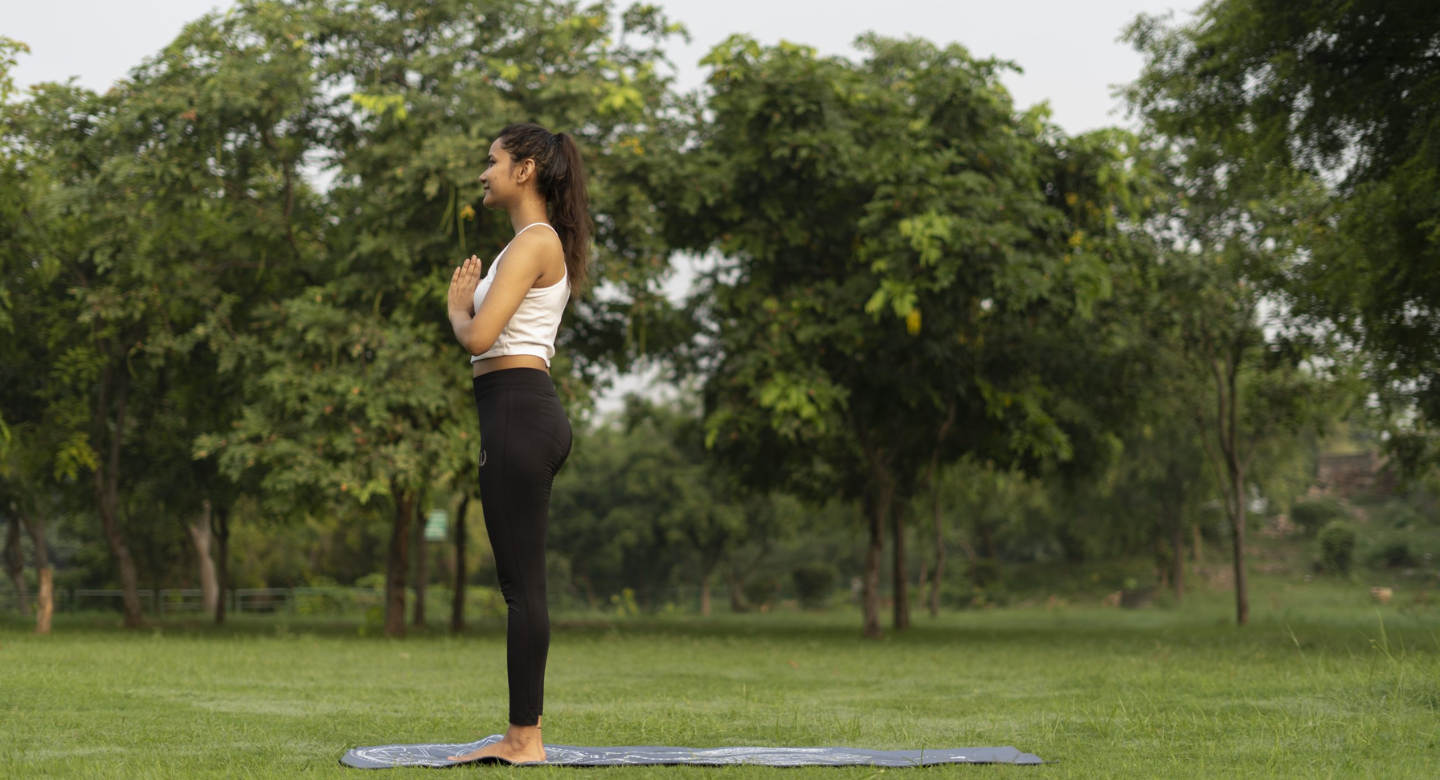
Begin by standing tall with your feet hip-width apart. Press firmly into the ground through the soles of your feet and engage your legs. Reach your arms toward the sky, lengthening your spine, and take several deep breaths. This posture helps you connect with your body and sets the tone for the practice. It also encourages good posture and alignment as you prepare to move into other stretches.
- Standing Forward Bend (Uttanasana):
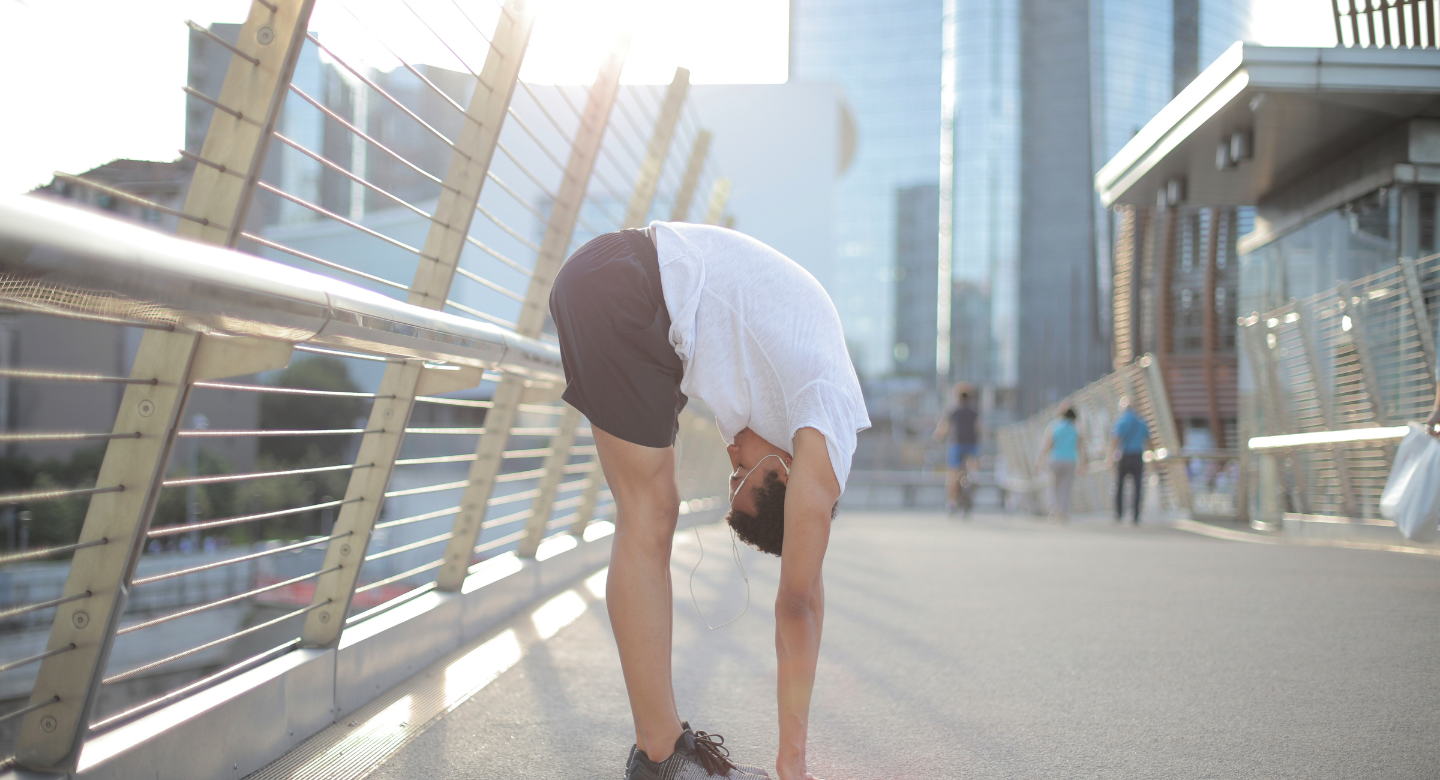
From Mountain Pose, gently fold forward at your hips, letting your head and neck relax and hang toward the floor. Keep your knees slightly bent if needed, and focus on stretching the hamstrings and lower back. This stretch will help release tension in your legs and spine, and allow you to begin to loosen up after the hike.
- Downward Facing Dog (Adho Mukha Svanasana):

From standing, step back into Downward Facing Dog, forming an inverted V shape with your body. Push your hips high, pressing your hands firmly into the mat and stretching your arms forward. This pose lengthens your spine, opens up your shoulders, and stretches your calves and hamstrings. Hold the pose for a few breaths, allowing your body to relax and deepen into the stretch.
2. Hip & Leg Stretching Flow
Hiking can often cause tightness in the hip flexors, quadriceps, and hamstrings, especially if you’ve been climbing steep terrain or carrying a heavy backpack. This flow specifically targets these areas to improve mobility and flexibility.
Flow Sequence:
- Low Lunge (Anjaneyasana):
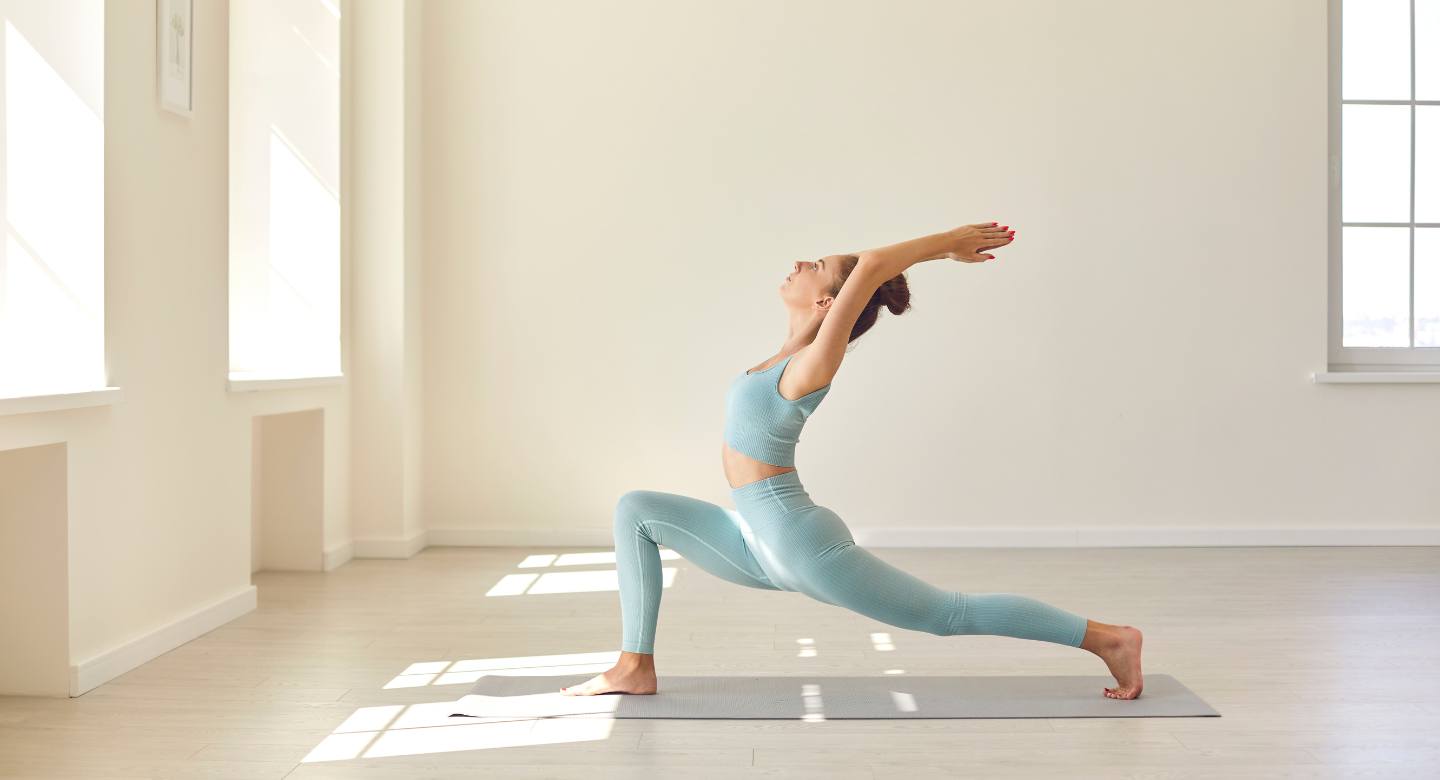
Start by stepping one foot forward into a lunge position, ensuring that your knee is directly above your ankle. Lower the opposite knee to the ground. This deep lunge stretches the hip flexors of the back leg and strengthens the muscles in the front leg. Lift your chest, and if you feel comfortable, raise your arms overhead to increase the stretch along your torso and deepen the opening in the hips. This is a great pose to release tightness in the hips and lower body.
- Half Splits Pose (Ardha Hanumanasana):
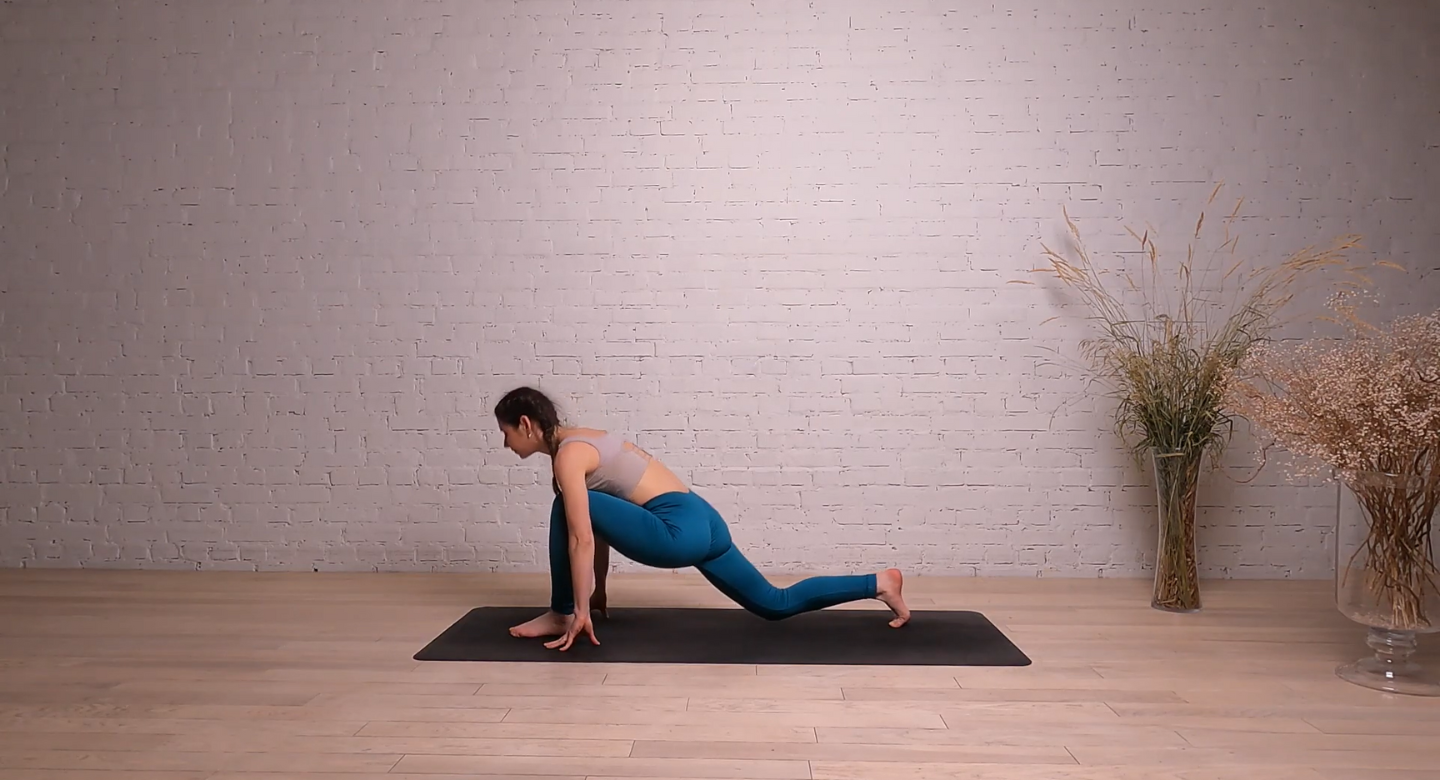
From the Low Lunge, straighten your front leg and shift your hips back, extending your toes toward the ceiling. Keep your back straight and feel the stretch in the hamstring of the extended leg. This pose helps to lengthen and stretch the hamstrings, which can become tight after a hike, particularly if you’ve been walking or climbing for extended periods. Try to maintain deep breaths and fold forward slowly to deepen the stretch without forcing it.
- Pigeon Pose (Eka Pada Rajakapotasana):

The transition from Half Splits into Pigeon Pose by bringing your front foot forward and placing it in front of your hip while extending the back leg straight behind you. Lower your hips toward the floor, feeling the deep stretch in your hip flexors, glutes, and lower back. If you feel tension in your lower back, adjust your position to create more space and avoid strain. Pigeon Pose is an excellent hip opener that releases deep tension from long hours of hiking, especially if you’ve been carrying weight on your back or trekking on uneven terrain
3. Lower Back and Hamstring Relief Flow
After hiking on steep trails or carrying a heavy pack, a sore lower back is a common issue. This flow is designed to alleviate lower back pain, stretch the legs, and release tension in the spine, helping to bring relief and improve flexibility.
Flow Sequence:
- Child’s Pose (Balasana):
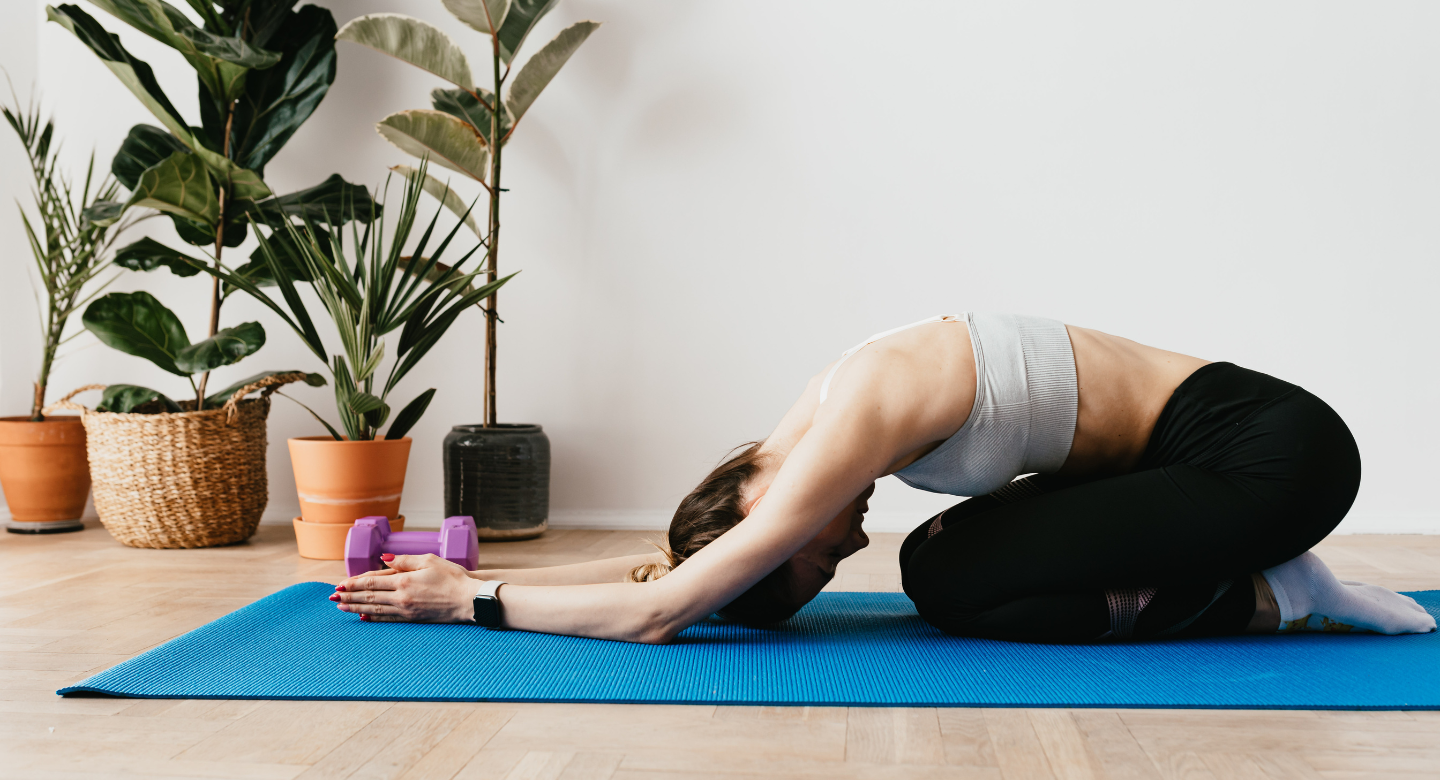
Start by kneeling on the floor and sitting back on your heels. Lower your torso toward the mat, bringing your forehead to the ground and extending your arms forward. This restorative pose gently stretches the lower back, relieving tightness and offering a moment of relaxation. Child’s Pose is especially soothing after a hike because it encourages deep breathing and provides a gentle release in the spine.
- Seated Forward Fold (Paschimottanasana):

Sit on the floor with your legs extended straight in front of you. Inhale to lengthen your spine, and as you exhale, slowly fold forward over your legs, aiming to bring your chest toward your thighs. This pose targets the hamstrings while also offering a gentle stretch along the spine. If your hamstrings feel tight, keep a slight bend in your knees to avoid strain. Seated Forward Fold will help release tension in the lower back while stretching the legs deeply, both areas that often need attention after a long hike.
- Supine Twist (Supta Matsyendrasana):
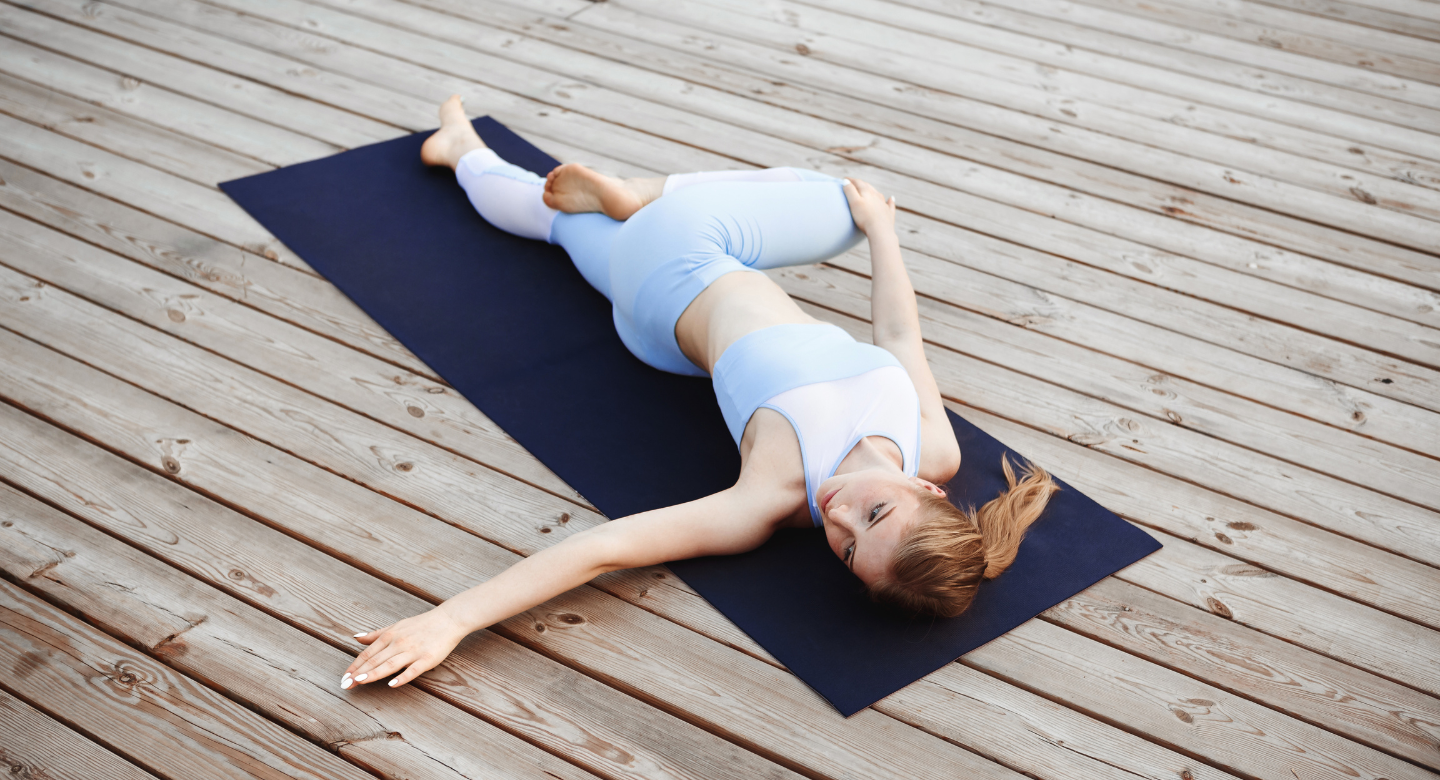
Lie on your back with your knees bent and feet flat on the floor. Slowly drop your knees to one side while keeping your shoulders grounded. Turn your head in the opposite direction for a gentle spinal twist. This pose relieves tension in the lower back and hips, enhancing mobility in the spine. The twist also encourages the release of any remaining tightness and helps to soothe the body after a strenuous activity like hiking.
4. Restorative Relaxation Flow (Cool Down)
Ending your yoga practice with a cool-down sequence is key to fully relaxing your muscles and calming your mind after a hike. These poses help reduce any remaining tension and encourage relaxation, allowing your body to integrate the benefits of the practice.
Flow Sequence:
- Butterfly Pose (Baddha Konasana):

Sit with your feet together and bring your heels toward your pelvis, allowing your knees to fall out to the sides. Hold your feet with your hands, and gently fold forward from your hips. This pose stretches the inner thighs, hips, and lower back while promoting deep relaxation. Butterfly Pose is an excellent way to release any tension in the legs and pelvis, which often become tight from long hikes or steep climbs.
- Legs Up the Wall (Viparita Karani):
Lie on your back and extend your legs up the wall, allowing your body to form an L-shape. Rest your arms by your sides, palms facing up. This gentle inversion helps to reduce swelling in the legs and feet by encouraging better circulation. Legs Up the Wall is also calming for the nervous system and can help you recover from the physical exertion of hiking by allowing your heart to be above your head, encouraging relaxation, and reducing fatigue.
- Savasana (Corpse Pose):

Finish your practice by lying flat on your back with your legs extended and arms resting by your sides, palms facing upward. Close your eyes and focus on your breath, allowing your body to completely relax. Savasana helps your body absorb the benefits of the entire practice, promoting a sense of calm and peace. After a long hike, this pose is essential for mental and physical recovery, letting you fully relax and integrate the work you’ve done.
Tips for Practicing Post-Hike Yoga
- Hold each pose for at least 30 seconds to 1 minute: This will allow your muscles time to stretch deeply and release built-up tension. Holding each pose longer helps improve flexibility and aids in muscle recovery.
- Focus on deep breathing: Deep breathing helps to activate your parasympathetic nervous system, promoting relaxation. It also increases oxygen flow to your muscles, aiding in recovery and reducing post-hike tightness.
- Stay hydrated: Hydration is key to muscle recovery and overall well-being after a hike. Drinking water helps flush out toxins and reduces the risk of cramps and stiffness.
- Perform these flows within an hour: The sooner you stretch after your hike, the more effective it will be in preventing soreness. Stretching shortly after hiking helps to reduce tightness and promotes quicker muscle recovery.
Conclusion on Best Yoga Flows to Loosen Tight Muscles After Hiking for Faster Recovery
In conclusion, incorporating yoga into your post-hike routine is a powerful way to enhance muscle recovery, improve flexibility, and reduce soreness. After a strenuous hike, your muscles need proper care to restore mobility and prevent stiffness. Yoga helps achieve this by targeting key areas like the hips, hamstrings, and lower back, while also promoting mental relaxation to ease any tension built up during your hike.
By following these simple yet effective yoga flows, you can help your body recover faster and feel more refreshed for your next outdoor adventure. Whether you’re a seasoned hiker or a beginner, taking the time to stretch and breathe deeply after a hike will ensure your muscles stay flexible and your body stays balanced. Make yoga a regular part of your recovery routine, and you’ll notice improved performance and overall well-being on your hiking journeys.
Explore More Such Blogs
11 Ashtanga Vinyasa Yoga Tips for Beginners
Top 5 Benefits Of Hot Yoga: Secret Tips
Frequently Asked Questions (FAQs) on Best Yoga Flows to Loosen Tight Muscles After Hiking for Faster Recovery
How soon after a hike should I practice yoga?
It’s best to practice yoga within an hour after your hike to get the most effective results for muscle recovery and flexibility.
How long should I hold each yoga pose after hiking?
Hold each pose for at least 30 seconds to 1 minute to allow your muscles to release tension and stretch deeply.
Can yoga help with soreness after hiking?
Yes, yoga helps reduce muscle soreness by stretching tight muscles, improving circulation, and promoting relaxation.
Is it okay to practice yoga if I’m feeling very sore after a hike?
Yes, gentle yoga can help alleviate soreness and improve flexibility. Just avoid intense or deep stretches if you’re in extreme discomfort.
Do I need to be an experienced yogi to practice post-hike yoga?
No, these post-hike flows are beginner-friendly and designed to target common areas of tightness. Anyone can benefit, regardless of experience level.
Should I drink water before or after yoga?
It’s important to stay hydrated before, during, and after yoga. Drink water before your session to prepare your body and afterward to help with muscle recovery.
Can I combine yoga with other post-hike recovery methods?
Yes, you can combine yoga with other recovery methods like foam rolling, stretching, or using a hot/cold compress to enhance your muscle recovery.
How often should I practice yoga after hiking?
Practicing yoga after every hike is ideal for maintaining flexibility and muscle recovery, but even doing it a few times a week can be beneficial.
What are the main benefits of yoga after hiking?
Yoga helps with muscle recovery, increases flexibility, reduces soreness, relieves tension, and promotes mental relaxation after a physically demanding hike.
Can yoga prevent injuries from hiking?
While yoga can’t completely prevent injuries, it can improve flexibility, strengthen muscles, and enhance balance, reducing the risk of injury during future hikes.


